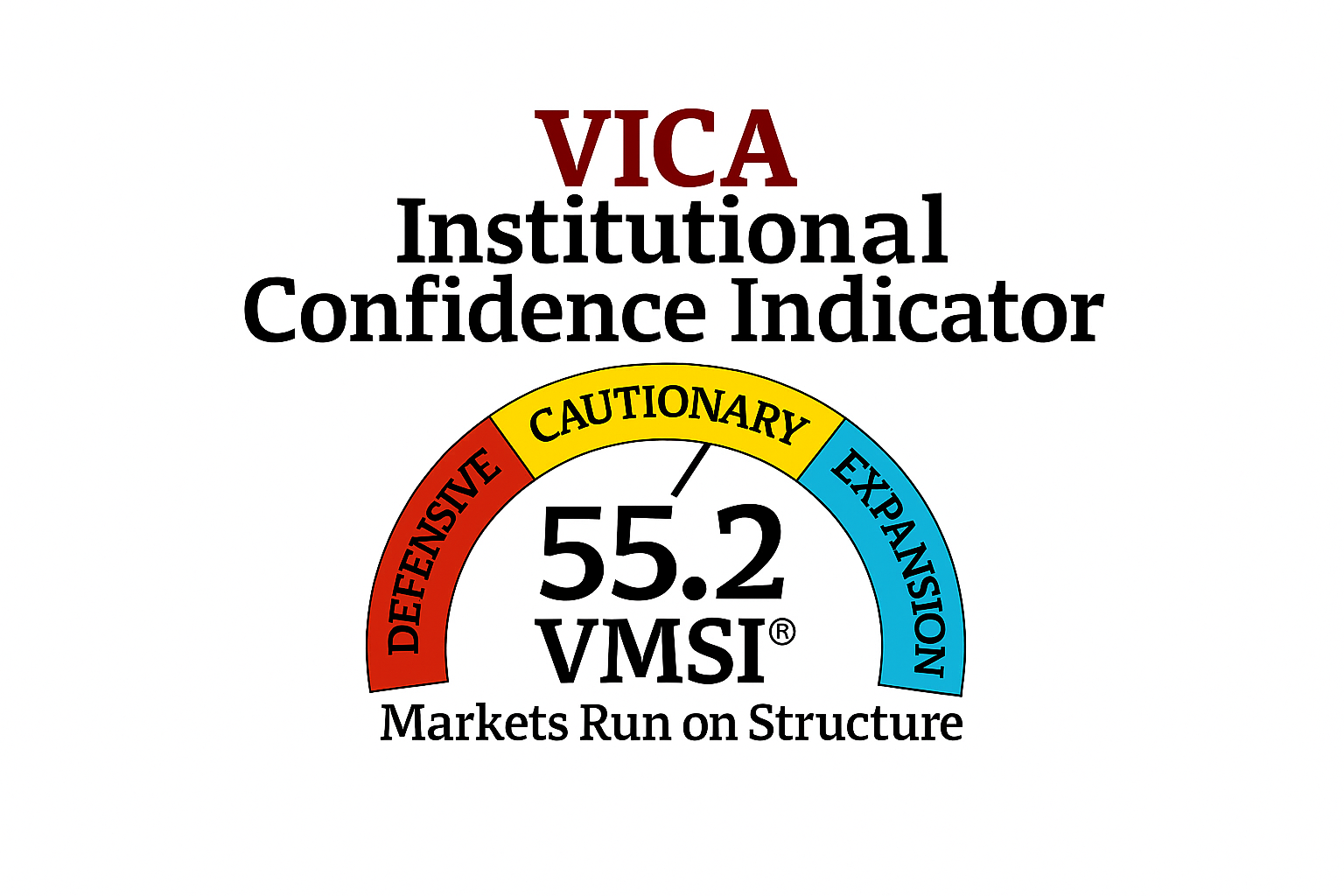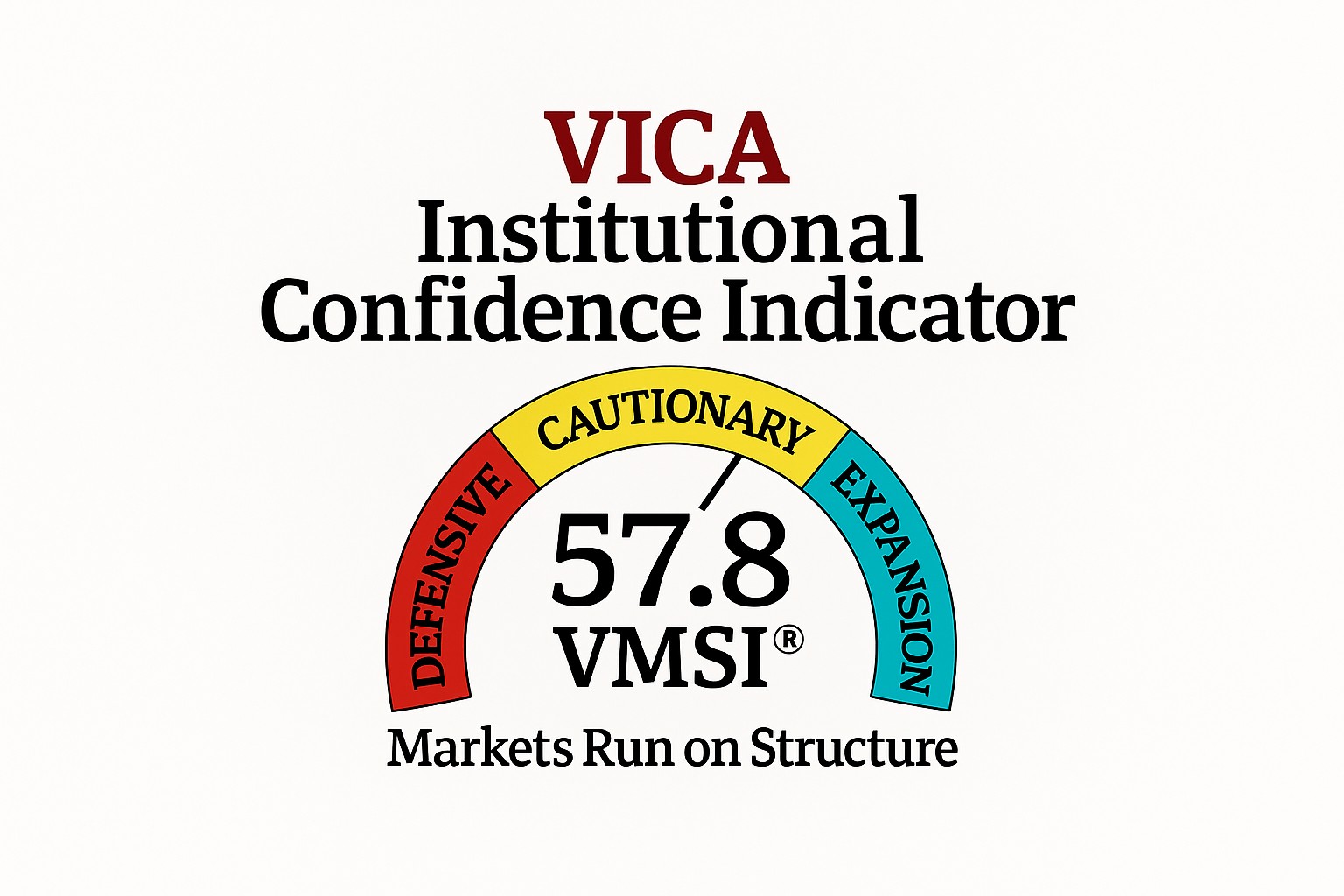What Is an Economic Cycle?
The term economic cycle refers to the fluctuations of the economy between periods of expansion (growth) and contraction (recession). Factors such as gross domestic product (GDP), interest rates, total employment, and consumer spending, can help to determine the current stage of the economic cycle. Understanding the economic cycle can help investors and businesses understand when to make investments and when to pull their money out, as it has a direct impact on everything from stocks and bonds, as well as profits and corporate earnings.
Article contents
- An economic cycle is the overall state of the economy as it goes through four stages in a cyclical pattern.
- The four stages of the cycle are expansion, peak, contraction, and trough.
- Factors such as GDP, interest rates, total employment, and consumer spending, can help determine the current stage of the economic cycle.
- Insight into economic cycles can be very useful for businesses and investors.
- The exact causes of a cycle are highly debated among the different schools of economics.
4 Stages of the Economic Cycle
How the Economic Cycle Works
An economic cycle, which is also known as a business cycle, is the circular movement of an economy as it moves from expansion to contraction and back again. Economic expansion is characterized by growth. A contraction, on the other hand, sees it go through a recession, which involves a decline in economic activity that spreads out over at least a few months.
The economic cycle is characterized by four stages, which are also referred to as the business cycle.1 these four stages are:
- Expansion: During expansion, the economy experiences relatively rapid growth, interest rates tend to be low, production increases, and inflationary pressures build.
- Peak: The peak of a cycle is reached when growth hits its maximum rate. Peak growth typically creates some imbalances in the economy that need to be corrected.
- Contraction: A correction occurs through a period of contraction when growth slows, employment falls, and prices stagnate.
- Trough: The trough of the cycle is reached when the economy hits a low point and growth begins to recover.
The recovery phase may sometimes be referred to by some as a fifth stage.
You can use a number of key metrics to determine where the economy is and where it’s headed. For instance, an economy is often in the expansion phase when unemployment begins to drop and more people are fully employed. Similarly, people tend to prioritize and curb their spending when the economy contracts. That’s because money and credit are harder to come by as lenders often tighten up their lending requirements.
As noted above, it’s important for investors and corporations to understand how these cycles work and the risks they carry because they can have a big impact on investment performance. Investors may find it beneficial to reduce their exposure to certain sectors and vehicles when the economy starts to contract and vice versa. Business leaders may also take cues from the cycle to determine when and how they’ll invest and whether they’ll expand their companies.
Businesses and investors also need to manage their strategy over economic cycles, not so much to control them but to survive them and perhaps profit from them.
Special Considerations
The National Bureau of Economic Research (NBER) is the definitive source of setting official dates for U.S. economic cycles. Measured primarily by changes in the gross domestic product (GDP), NBER measures the length of economic cycles from trough to trough or peak to peak.2
U.S. economic cycles have lasted about five and a half years on average since the 1950s. However, there is wide variation in the length of cycles, ranging from just 18 months during the peak-to-peak cycle in 1981 to 1982 up to the expansion that began in 2009. According to the NBER, two peaks occurred between 2019 and 2020. The first was in the fourth quarter of 2019, which represented a peak in quarterly economic activity. The monthly peak happened in a different quarter altogether, which was noted as taking place in February 2020.4
This wide variation in cycle length dispels the myth that economic cycles can die of old age, or are a regular natural rhythm of activity akin to physical waves or swings of a pendulum. But there is debate as to what factors contribute to the length of an economic cycle and what causes them to exist in the first place.
Managing Economic Cycles
Governments, financial institutions, and investors manage the course and effects of economic cycles differently. Governments often use fiscal policy. In order to end a recession, the government may use expansionary fiscal policy, which involves rapid deficit spending. It can also try contractionary fiscal policy by taxing and running a budget surplus to reduce aggregate spending to stop the economy from overheating during expansions.
Central banks may use monetary policy. When the cycle hits the downturn, a central bank can lower interest rates or implement expansionary monetary policy to boost spending and investment. During expansion, it can employ contractionary monetary policy by raising interest rates and slowing the flow of credit into the economy to reduce inflationary pressures and the need for a market correction.
During times of expansion, investors often find opportunities in the technology, capital goods, and basic energy sectors. When the economy contracts, investors may purchase companies that thrive during recessions such as utilities, financials, and health care.
Businesses that can track the relationship between their performance and business cycles over time can plan strategically to protect themselves from approaching downturns, and position themselves to take maximum advantage of economic expansions. For example, if your business follows the rest of the economy, warning signs of an impending recession may suggest you shouldn’t expand. You may be better off building up your cash reserves.
Analyzing Economic Cycles
Different schools of thought break down economic cycles in different ways.
Monetarism
Monetarism is a school of thought that suggests that governments can achieve economic stability when they target their money supply’s growth rate. It ties the economic cycle to the credit cycle. Changes in interest rates can reduce or induce economic activity by making borrowing by households, businesses, and the government more or less expensive.
Adding to the complexity of interpreting business cycles, famed economist and proto-monetarist Irving Fisher argued that there is no such thing as equilibrium. He argued that these cycles exist because the economy naturally shifts across a range of disequilibrium as producers constantly over or underinvest and over or underproduce as they try to match ever-changing consumer demands.
Keynesian Economics
The Keynesian approach argues that changes in aggregate demand, spurred by inherent instability and volatility in investment demand, are responsible for generating cycles. For whatever reason, when business sentiment turns gloomy and investment slows, a self-fulfilling loop of economic malaise can result.
Less spending means less demand, which induces businesses to lay off workers and cut back even further. Unemployed workers mean less consumer spending and the whole economy sours, with no clear solution other than government intervention and economic stimulus, according to the Keynesians.
Austrian Economists
These scholars argue that the manipulation of credit and interest rates by the central bank creates unsustainable distortions in the structure of relationships between industries and businesses which are corrected during a recession.
Whenever the central bank lowers rates below what the market would naturally determine, investment and business get skewed toward industries and production processes that benefit the most from low rates. But at the same time, the real saving necessary to finance these investments gets suppressed by the artificially low rates. Ultimately, the unsustainable investments go bust in a rash of business failures and declining asset prices that result in an economic downturn.
How Do You Define an Economic Cycle?
An economic cycle, which is also referred to as a business cycle, has four stages: expansion, peak, contraction, and trough. The average economic cycle in the U.S. has lasted roughly five and a half years since 1950, although these cycles can vary in length.3
Factors that are used to indicate the stages in the economic cycle include gross domestic product, consumer spending, interest rates, and inflation.
The National Bureau of Economic Research is a leading source for indicating the length of a cycle, as measured from peak to peak or trough to trough.
What Are the Stages of an Economic Cycle?
Expansion, peak, contraction, and trough are the four stages of an economic cycle.1
In the expansionary phase, the economy experiences growth over two or more consecutive quarters. Interest rates are typically lower, employment rates rise, and consumer confidence strengthens.
The peak phase occurs when the economy reaches its maximum productive output, signaling the end of the expansion. After this point, once employment numbers and housing starts begin to decline, leading to a contractionary phase begins.
The lowest point on the business cycle is a trough, which is characterized by higher unemployment, lower availability of credit, and falling prices.
What Causes an Economic Cycle?
The causes of an economic cycle are widely debated among different economic schools of thought. Monetarists, for example, link the economic cycle to the credit cycle. Here, interest rates, which intimately affect the price of debt, influences consumer spending and economic activity. On the other hand, a Keynesian approach suggests that the economic cycle is caused by changes in volatility or investment demand, which in turn affects spending and employment.
ARTICLE SOURCES
- Congressional Research Service. “Introduction to U.S. Economy: The Business Cycle and Growth,” Page 1. Accessed Feb. 3, 2022.
- National Bureau of Economic Research. “Business Cycle Dating.” Accessed Feb. 3, 2022.
- National Bureau of Economic Research. “US Business Cycle Expansions and Contractions.” Accessed Feb. 3, 2022.
- National Bureau of Economic Research. “NBER Determination of the February 2020 Peak in Economic Activity




